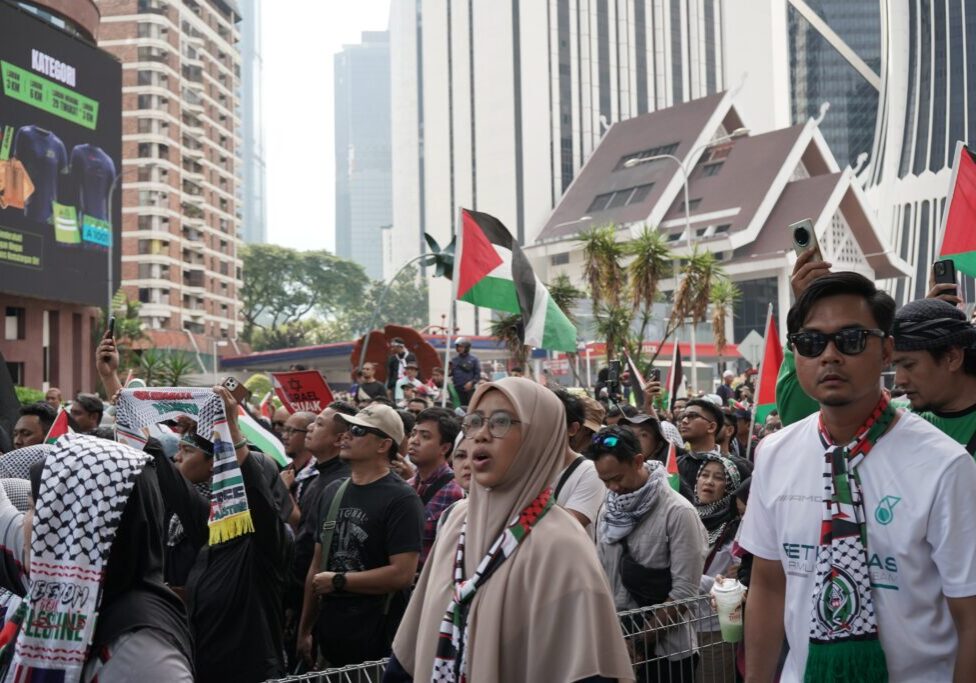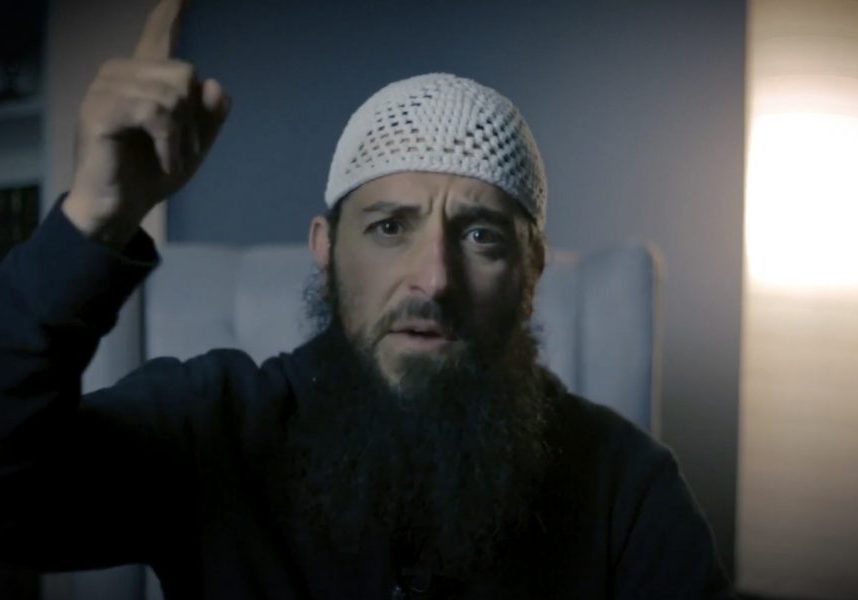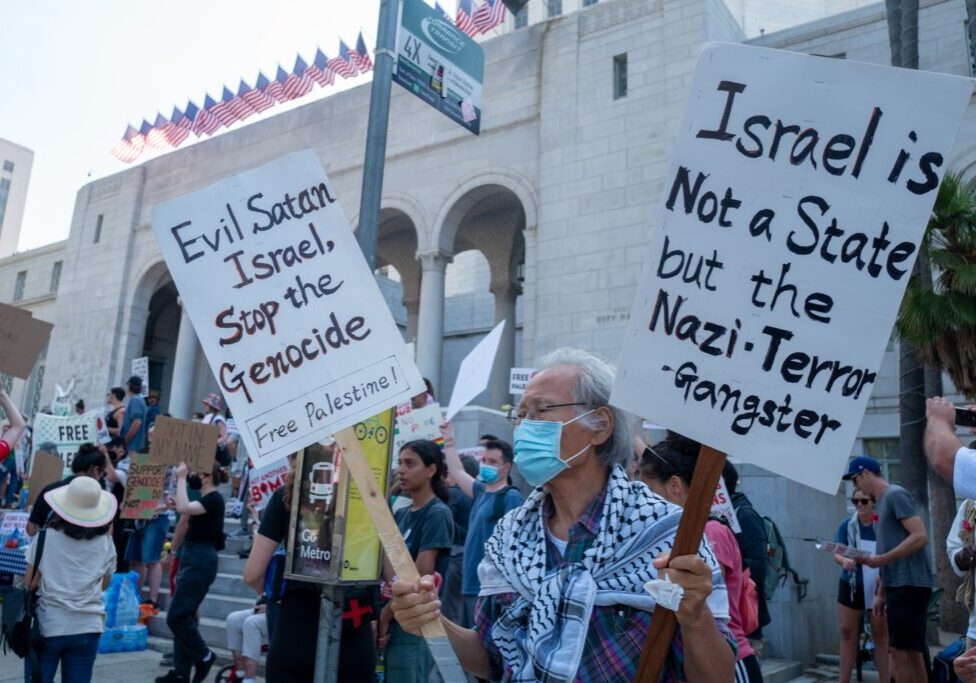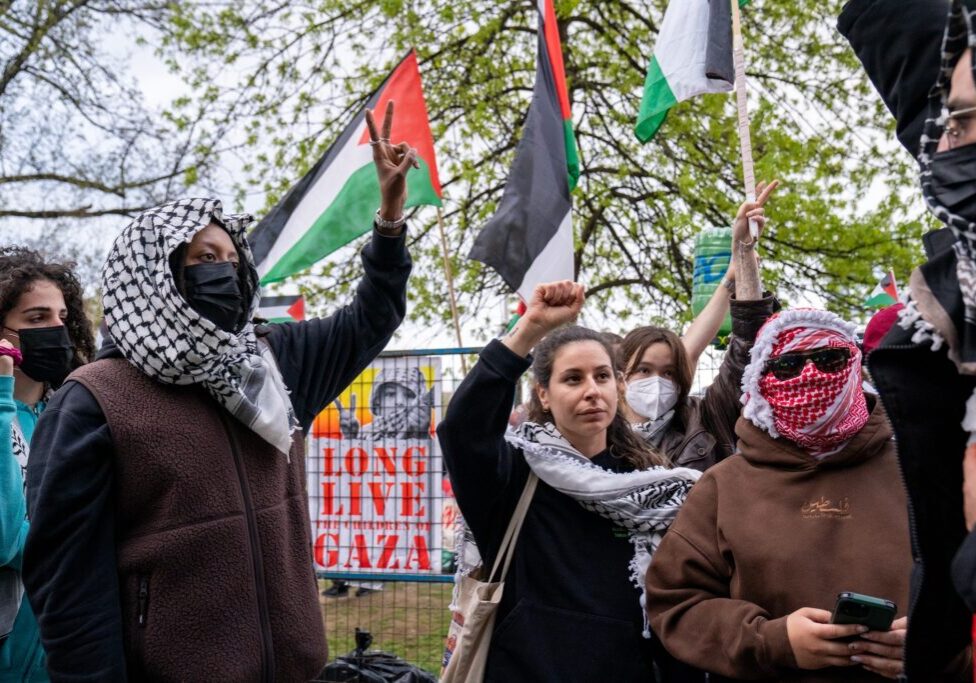Australia/Israel Review
Asia Watch: Decapitation not always fatal
Nov 6, 2017 | Michael Shannon

The death in Marawi of the top two leaders of the Islamic State-aligned forces in Southeast Asia was a significant achievement for the Philippines military. However, few believe it will end Islamist terrorism in the southern Philippines and neighbouring regions, as the remnants of the Marawi campaign scatter to remote areas to reconvene and reorganise.
After almost five months of protracted urban combat in Marawi, a female hostage who escaped earlier led the troops to the building where the two key Islamic militants were holed up. Isnilon Hapilon, the designated “emir” of the IS movement in Southeast Asia, and Omar Maute, the top military commander of the IS-linked Maute Group in the Philippines, were killed in the ensuing gun-fight. Omar’s brother Abdullah was killed in September.
With much of Marawi now reduced to rubble, the end result is as many as 800 militants killed, up to 1,700 hostages freed and over 400,000 civilians displaced, while the military suffered around 160 casualties since the siege of the Muslim majority city began in May, precipitated by a failed raid on Isnilon Hapilon’s safe house.
With decades of experience fighting rebel groups in rural and jungle settings, the Marawi siege has transformed the Philippines army into a far nimbler force against urban-based insurgents. This is due in no small part to intelligence, logistical and training assistance from traditional allies such as the United States and Australia, as well as new strategic partners China and Russia.
A Malaysian former university lecturer now stands out as a key figure amidst the remnants of the IS-aligned jihadist network.
According to Malaysian daily The Star, Dr Mahmud Ahmad is a weapons expert and financier who had trained with al-Qaeda in Afghanistan and recently served as a conduit between IS’s command in Raqqa and its Southeast Asian “Emirate”. With a deep knowledge of the IS brand of militant jihad, he managed to unite the Abu Sayyaf, the Maute Group, Bangsamoro Islamic Freedom Fighters and Ansarul Khilafah Philippines under one banner.
While Philippines officials have speculated that there is a “big possibility” that Mahmud, too, has been killed in recent fighting, intelligence officials in Malaysia believe he left Marawi months ago for a safe place with a band of followers.
Arguably of equal concern are the myriad jihadist groups, many of them offshoots or factions of recognised groups, scattered around the remote islands and jungles of the southern Philippines.
These include the Abu Dujana Battalion of the Soldiers of the Caliphate in East Asia, headed by Puruji Indama, Hapilon’s former deputy in the Abu Sayyaf; the Bangsamoro Islamic Freedom Fighters (BIFF), a hardline breakaway from the Moro Islamic Liberation Front (MILF) headed by Abu Turaipe; and the little-known Ansarul Khilafah Philippines led by Naim Mujahid.
The Terrorism Research & Analysis Consortium (TRAC) reports that a faction of the BIFF called Jamaatul Mujahideen Wal Ansar (JMWA) has engaged in a series of clashes with the government-allied MILF roughly 250 kilometres south of Marawi in eastern Maguindanao province after the group raised the IS flag in the municipality of Datu Salibo.
The report further notes that, “the destination of the Islamic State’s jihadi pipeline is no longer Marawi city… Both militants from abroad and Maute members escaping from Marawi have found their way to the JMWA bases in Datu Salibo.”
One clash with Army and MILF forces in the Barangay Tee district found 5 Iraqi nationals, 10 Singaporeans and an unspecified number of Malaysians and Indonesians among a group of 150 local and foreign fighters assembled in the area to plot attacks.
This alone indicates that the months-long siege on Marawi inspired jihadist circles worldwide, notably while IS was being routed in Syria and Iraq. It has provided lessons as well as inspiration for an ambitious new generation of Muslim extremists in Mindanao.
Repeated “decapitations” of the jihadist leadership over the years have not provided the knock-out blow that political leaders are often quick to proclaim, as the movement has proven resilient and adaptive to such setbacks.
The unknown factor now is the returning cadres from the fallen IS “caliphate” in the Middle East. Hundreds of so-called IS defectors are reported to have slipped away and massed along the heavily-patrolled border with Turkey after paying up to US$2,000 each to escape the crumbling caliphate’s capital.
Some are thought to have evaded capture and entered Turkey. From that point, it only takes a handful of returnees to potentially create havoc back home. With the setback to IS’s ambition to establish an outpost in Mindanao, the next generation of IS-affiliated leaders is predicted to switch to targeted and spectacular terrorist attacks.
Tags: Asia, Islamic Extremism, Philippines






